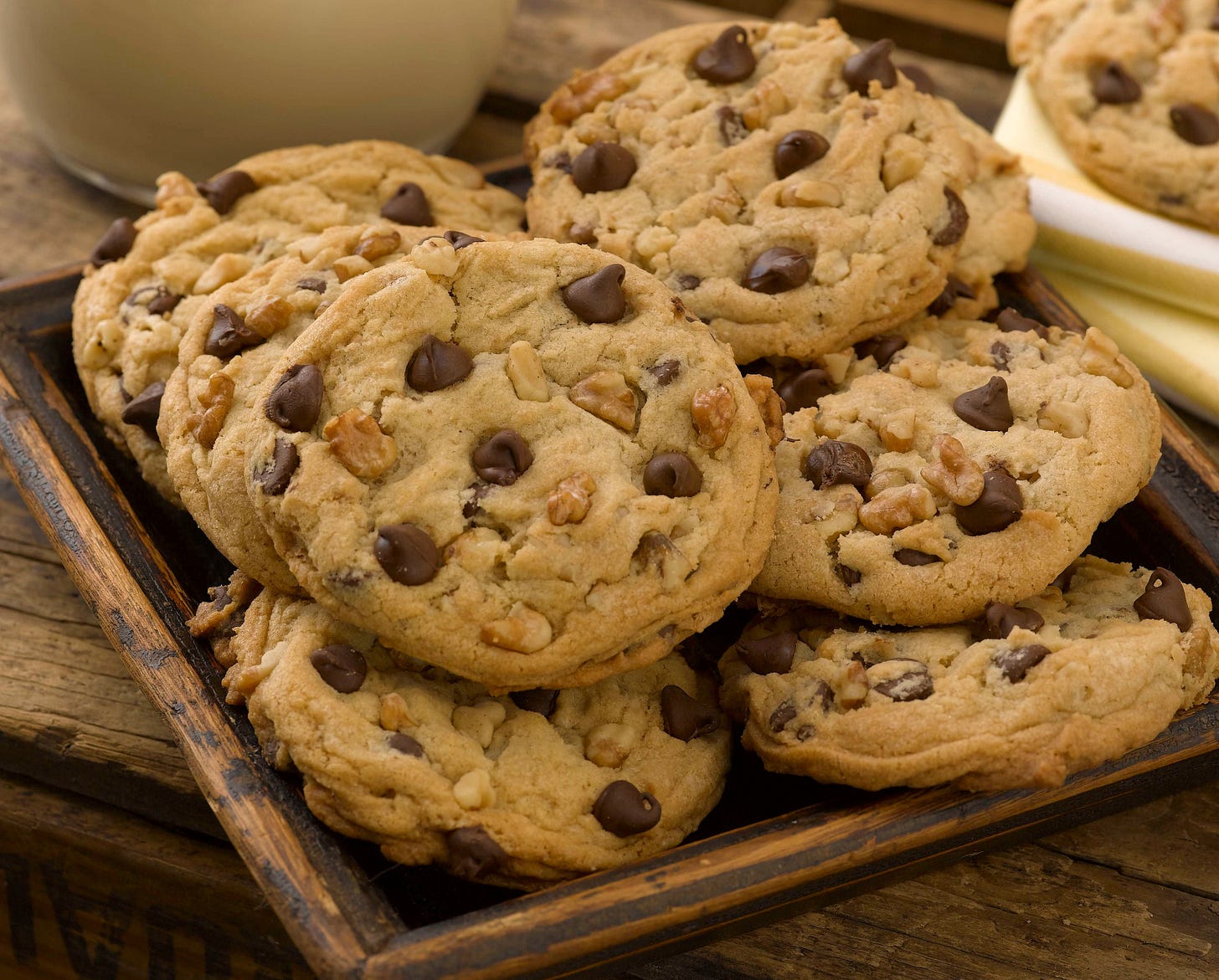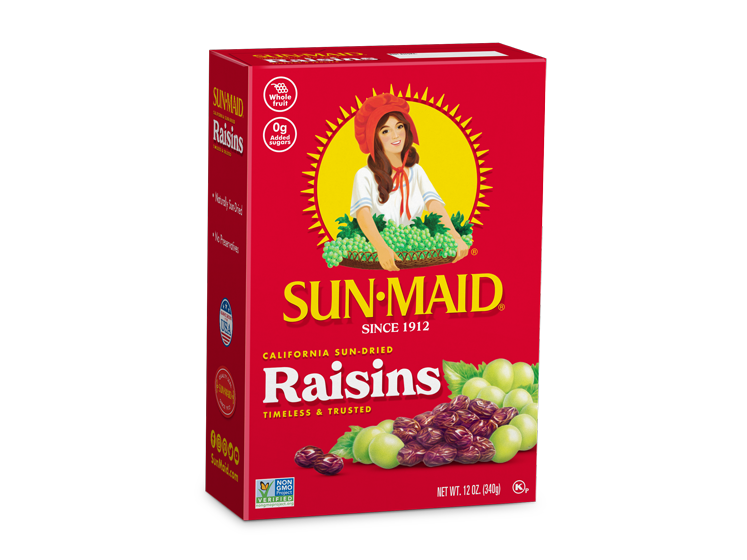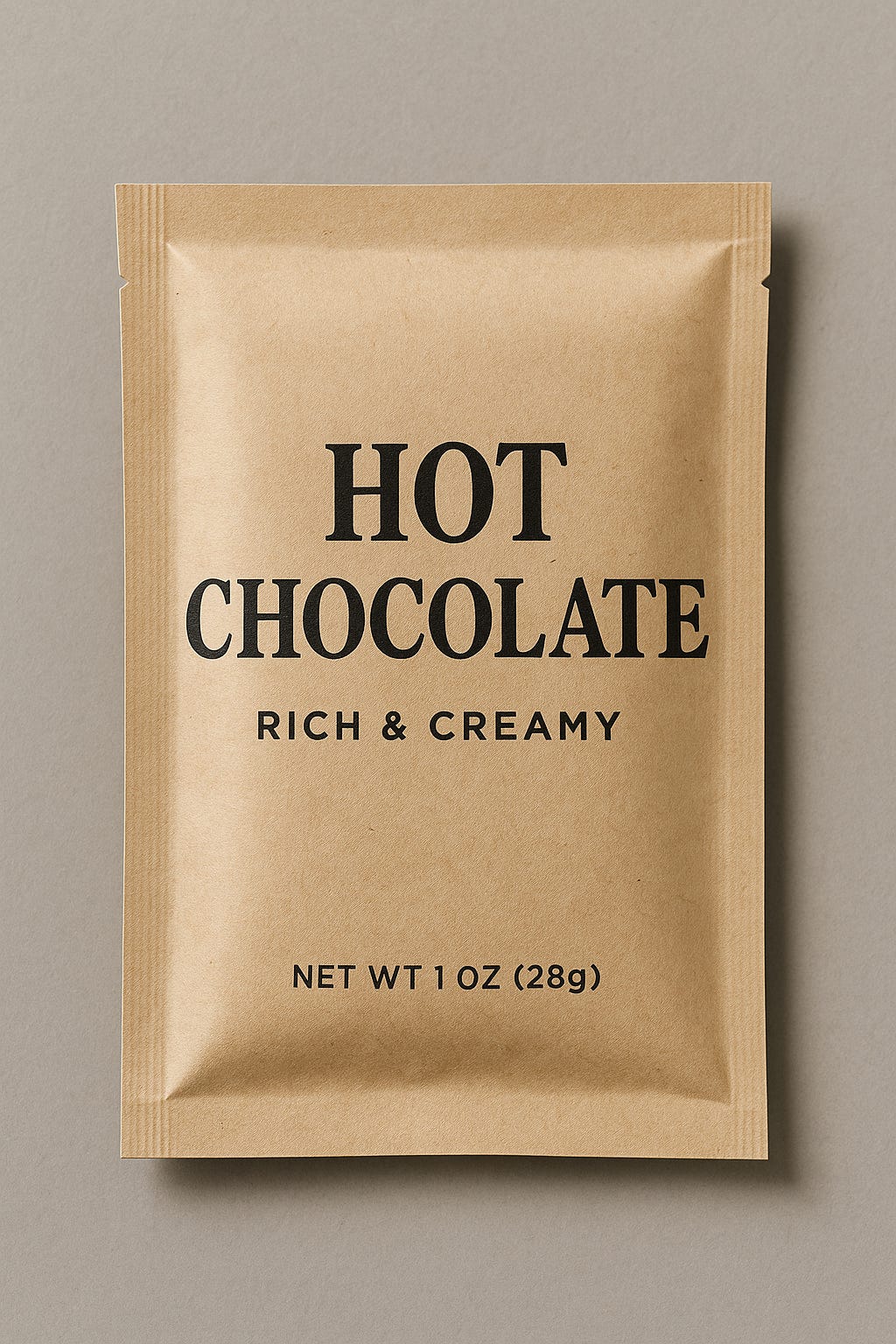Vegan Treats and Zero-Waste Tricks for Halloween
From animal-free candies to low-waste handouts, this guide has everything you need for a compassionate, eco-friendly Halloween.
From vegan candy picks to zero-waste swaps, this piece is a practical guide to a kinder Halloween. You’ll find what to look for on labels, how to help kids feel included and proud of their choices, and easy, planet-friendly treats to give out. This piece is part of my Halloween series.
Homemade Halloween Treats (For Trick-or-Treaters or to Enjoy at Home)
Black Cats and Halloween: History & Lore (Coming up)
(For more on the topic of plant-based foods that came out of the religious tradition of abstaining from meat, I invite you to explore my related series, The Food History of Easter and Passover—Through a Plant-Based Lens.)

One of the most common questions I’m asked is how to handle the holidays—Halloween included—especially from parents who don’t want their kids to feel singled out or excluded for being discerning about the treats they’re offered, whether while trick-or-treating or at school.
Vegan Halloween Treats
My short answer is: while they’re not exactly health food, there are plenty of candies and snacks that are suitable for vegans for this holiday—either to receive or give out to trick-or-treaters—such as:
Blow Pops
Dots
Airheads (mini bars/taffy)
Jolly Ranchers (hard candy)
Skittles
Smarties (U.S.)
Sweet Tarts (most varieties)
Now and Later
Sour Patch Kids
Swedish Fish (original—but check for carmine)
Twizzlers
Pez
Cracker Jack
Hubba Bubba bubblegum
Mary Janes / Jujubees (where available)
Plain corn chips (e.g., original Fritos)
Plain potato chips
Pretzels
Nuts (plain/dry-roasted)
Crackers
Dark chocolate (check for milk powder)
Fruit leathers / dried fruit mini-packs

Now, of course, labels change—so when in doubt, scan for dairy or any of the ingredients listed above. What makes some candy not suitable for vegans is the inclusion of animal products (like honey) or animal-derived by-products, such as:
Casein — milk protein
Gelatin — boiled remains of slaughtered animals
Lard — animal fat
Rennet and pepsin — enzymes from an animal’s stomach
Stearic acid — often animal-derived fat
Urea — derived from the urine and other bodily fluids of animals
Beeswax — used as a coating or gloss
Shellac (confectioner’s glaze) — resin secreted by insects
Carmine / cochineal — red dye made from crushed insects
And while it’s true there’s no shortage of animal-free junk, there’s more to say. What parents also worry about is making sure their kids feel included—without feeling self-conscious about being “different.”
Raising Confident, Compassionate Trick-or-Treaters
First and foremost, remind your kids that being different is okay—and often something to be proud of. Give them simple language they can use (“I’m vegan, so I’ll pass on that; thank you!”) and model the calm confidence you want them to feel.
I’ve always assured parents that if raising your child vegan aligns with your values of empathy, compassion, and healthful living, that’s what matters most. Talk to your children about why your family is vegan—kids understand. When they see your choices reflect kindness toward animals and care for the earth, they’ll embrace those values as their own.
Remind your kids that being different is okay—and often something to be proud of.
But to make Trick-or-Treating a little less tricky, here are some things to keep in mind:
Set clear rules: Make it a rule that candy isn’t eaten until they get home. (That was my parents’ rule, too—when I was young—not for vegan reasons, but simply because that was their rule. No big deal.)
Find community: Go Trick-or-Treating with other vegan families so your kids feel connected and included.
Sort together: Make your children part of the process of sorting through their treats, learning what’s suitable for vegans and what’s not.
Offer swaps: Have animal-free candy waiting at home so they can trade in their non-vegan treats.
Focus on the fun: Remind them that Halloween isn’t only about candy—it’s about dressing up, exploring the neighborhood, and being with friends.
Finally, food preferences and allergies are now so common that it’s no longer unusual for a child to say, “I’m vegan,” or “I can’t have nuts.” It’s made it easier than ever for kids to speak up—and for others to understand and respect their choices.
What’s changed for me personally—and I know for many of you, too—is the growing commitment to living as package- and plastic-free as possible. When I began striving for a zero-waste lifestyle (see A Year of Compassion: 52 Weeks of Living Zero-Waste, Plant-Based, and Cruelty-Free), I revisited what Halloween could look like not just for vegans, but for anyone wanting to tread more lightly on the earth.
Edible, Zero-Waste Treats
I’ve put together a special post of recipes perfect for handing out on Halloween—even just to neighbors—or for making at home to share with friends (or enjoy yourself!). Get the recipes for Classic Chocolate Chip Cookies, Caramel Popcorn, Pumpkin Spice Bread, and Apple Pecan Muffins.
While going completely zero waste during Trick-or-Treating may be nearly impossible (unless you skip it altogether or give away your plastic-wrapped candy), there are still creative ways to reduce waste when you’re the one handing out treats.
1. Foil-Wrapped Chocolates
In many bulk stores, you can find small, individually foil-wrapped chocolates—loose, but still individually wrapped. Another option is individual chocolate bars, many of which are also foil-wrapped. They may cost more than a massive bag of cheap, plastic-wrapped candy, but that’s the point—cheap crap has high costs on many fronts—and if you don’t expect a ton of kids, this can work. You can buy packs of 12 or 24.
Caveat: While foil is better than plastic, of course you’re trusting the recipient to properly recycle it. And unless you find them in bulk, foil-wrapped chocolates still often come inside a plastic bag. But don’t do nothing because you can’t do everything—don’t let the perfect be the enemy of the good.
2. Boxed Treats
The benefit of boxed candy (including raisins!) is that the paper is 100% recyclable or compostable, whether in a home composter or curbside program. Again, you’re relying on the recipient to do the right thing with the packaging, but at least—even if it winds up in a landfill—it’s still better than plastic that will never break down.
3. Bulk Treats
Head to a refill store and buy various candy and nuts—many shops carry roasted nuts, trail mix, dark-chocolate, granola, gummy bears, jelly beans, licorice, dried fruit, and more. Add them to little paper sachets with a note that says, “Plastic-free from our local refill store.” (Name the shop to inspire folks to check it out.)

4. Fruit
I know, I know—raisins were bad enough, and now fruit! 😊 Think little clementines, apples, or pears. I’m sticking with my idea.
5. Hot Chocolate Sachets
Another idea is to hand out paper sachets of hot chocolate mix, which you could even make yourself!
6. Homemade Goodies
This may not be an ideal option for handing out to strangers, but if you live in a small or close-knit neighborhood where you know almost everyone, you might feel comfortable handing these out. An easy option would be popcorn, but if you’re up for baking, the options are endless: rice krispie treats, cookies, brownies, mini pumpkin bread, or caramel corn.
7. Mini Pumpkins
Buy a box of mini pumpkins from your local grocery store or pumpkin patch. Kids can decorate them, and later they can be left out for wildlife to enjoy. Add a little note: “Treat wildlife! Leave outside for animals to enjoy.”

8. Mints in Metal Tins
Small tins (e.g., simple peppermint mints) are reusable and recyclable, and the treats are vegan when you skip gelatin, shellac, or beeswax.
9. DIY Fruit Leather or Apple Chips
Homemade fruit leather strips wrapped in parchment or small paper bags of apple chips: simple ingredients, minimal packaging, and kid-friendly.
Non-Edible, Zero-Waste Treats
I know people will say it’s boring to give practical gifts, but I don’t agree. I’m pretty sure some kids will appreciate these, and zero waste is all about use and value.

Lip balm in paper tubes or tins
Native seed packets (clearly labeled “local natives only”)
Handcrafted soap wrapped in paper
Shampoo bars
Bamboo or paper straws
Pencils (plain wooden ones—avoid plastic-coated designs)
Friendship bracelets
The bottom line is Halloween can be a wonderful opportunity to teach creativity, compassion, and care—for animals, people, and the planet. However you celebrate, focus on what matters most: joy, imagination, and community.
Also in our Halloween series:
Homemade Halloween Treats (For Trick-or-Treaters or to Enjoy at Home)
Black Cats and Halloween: The History and the Lore (Coming up)
Animal-Related Halloween Films (Coming up)
Related series: Curious about the plant-forward roots of other holidays? Explore my series, The Food History of Easter and Passover—Through a Plant-Based Lens, where I trace the symbols and stories through their enduring food traditions.
Some more resources for you
👉 Work with me 1:1 – Get personalized guidance whatever you are looking for. (One one-on-one consultation is also a perk of the Founding Member/VIP level here on Substack.)
👉 Listen to Food for Thought – Inspiration for living compassionately, sustainably, and healthfully (18 years strong!) And please feel free to leave a rating and review!
👉 Travel with me! I host animal-friendly, luxury, all-inclusive vegan trips around the world, specifically curated to ensure high-quality, high-touch premium experiences. Check out our upcoming trips, and let me know if you have any questions.
👉PLEASE! If you’ve already picked up your copy of A Year of Compassion, would you write a positive review here? If you haven’t picked it up yet…now is your chance! (More purchasing options, including signed copies, are here.)





